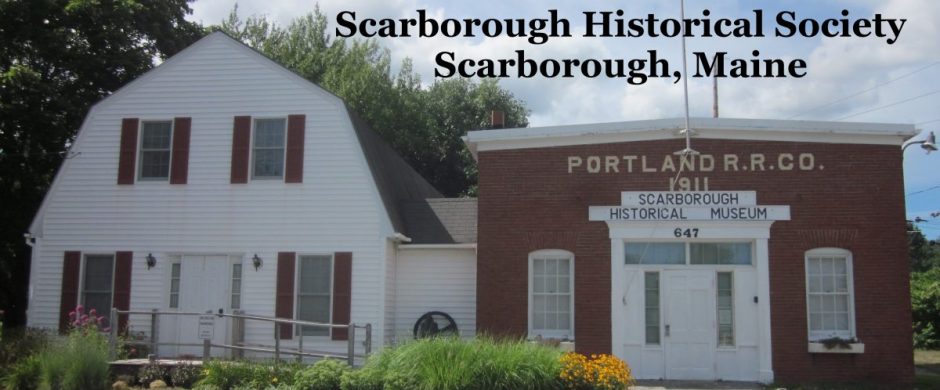I made the following changes/additions to the website during November 2023.
Education
Grammar Schools
Dunstan School
Added photo – Student Photos – (Dunstan) Class of 1939.
Class of 1951
Added Photo – Dunstan Grammar School Students – Grade 3 – Back (names).
Early Scarborough High Schools

Class of 1895
I added the Class Photo – 1895, it includes:
Annie Moses, Edgar Staples, Ed Snow, John O Libby, Louis Peterson, Mabel Leslie, Clara Pillsbury, Grace Cook, Perley Libby, Harry Small, Carrie Libby, Ruth Bartlett, Addie Vaill, & Martha [Hill?].
The New High School
Class of 1937
I added: Scarborough High School Class of 1937 class photo. (Digital Maine)
People
Genealogy
I created a new menu item and page for Genealogy. In it I added:
Linwood Dyer Genealogy Collection
Linwood Dyer assembled a large collection of Genealogical Materials. Included with the material are many 3-ring binders regarding various family lines. Among them is “Scarborough Families.”
Scarborough Families
Scarborough Families – A – 2023.01.16
Scarborough Families – B – 2023.01.16 (pages 1-100)
Scarborough Families – B – 2023.01.16 (pages 101-191)
Organizations
The Oriental Council
I added: Ledger – Nonesuch Hall Members & Minutes 1887-1950 (with gaps)
Surnames – M
I added:
Milliken
- Clippings about the Milliken Individuals – 23 images – 2023.01.243.
- Photo – Melville Milliken Family – 1892 –
Back of photo – Names: Katy (Morse), Emily (Dennett). Olina, Edna, Carl, Elaise (Libby) and Melvin.
Videos
I added:
| The Roadside Cabins of Scarborough by Rodney Laughton |








